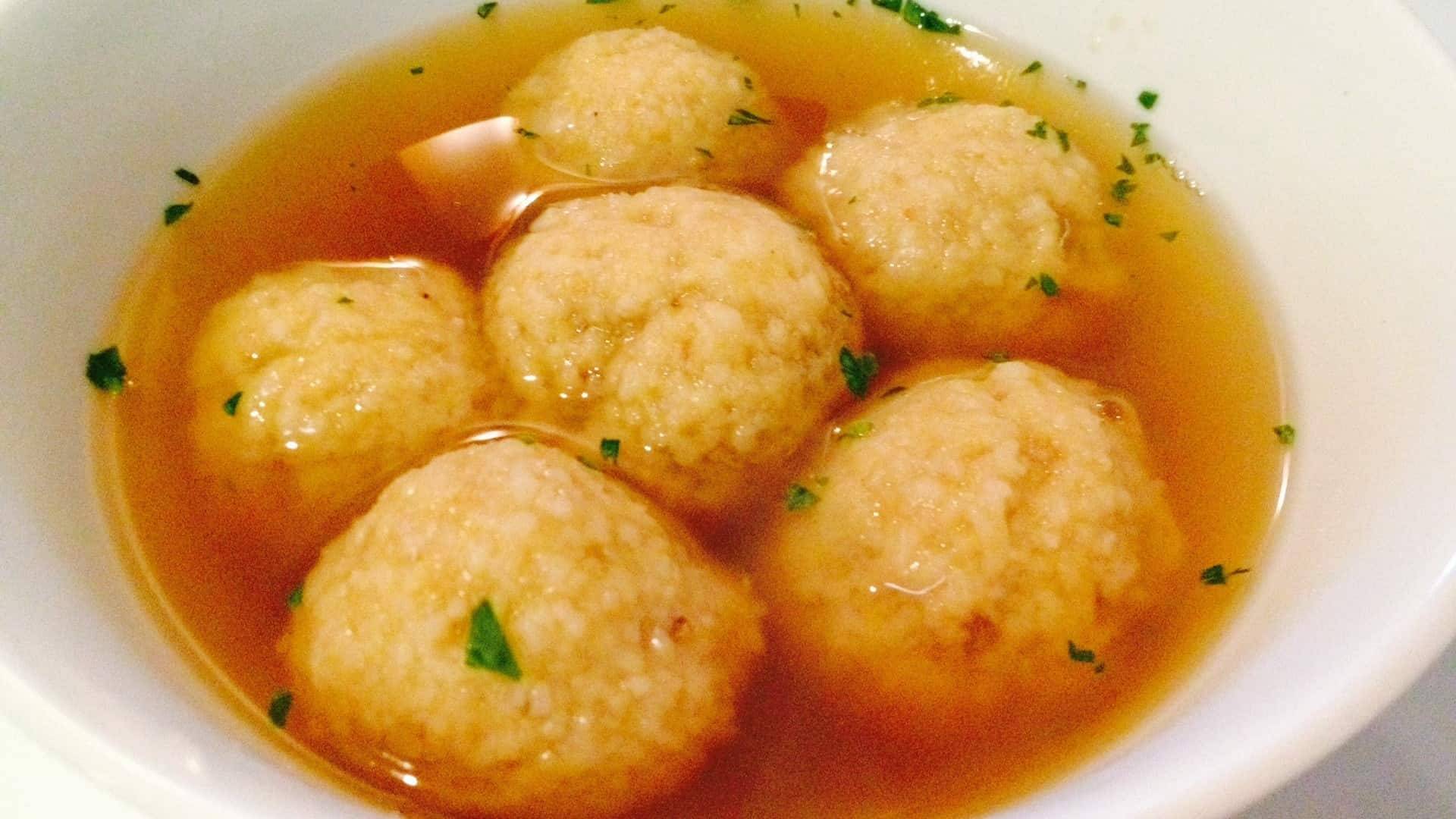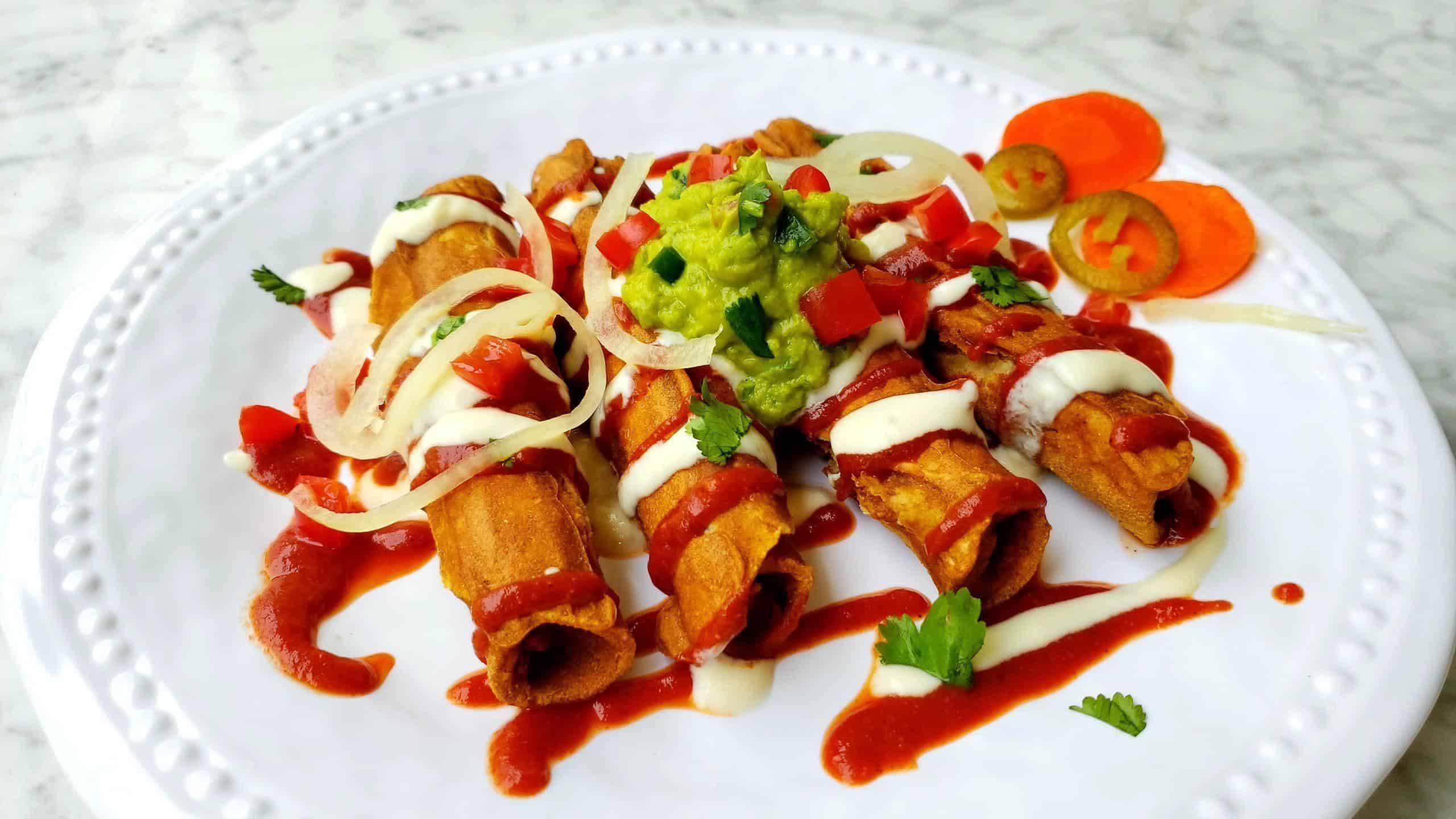Class #291 | July Garden Tour : Learn as we GROW with community support
Protective Diet Class #291 Notes:
July Garden Tour: Learn as we GROW with Community Support
This class enlivens with an update on Protective Diet Homestead development including garden tours, tips for building the soil microbiome, and the happy debut of three “spent” hens that literally rejuvenate with lavish helpings of PD chopped salads.
Announcements
- Engage in our official support group, Protective Diet Living (PDL). Join Live Chats & Coaching Hour for personal assistance.
- Shop www.protectivediet.com/bulk, an independent source for low-cost, high-quality PD staples in bulk.
Vocabulary
| Plant-Based Homestead | Gut Microbiome | Soil Microbiome | Plant Diversity |
Action Steps for Fresh Seasonal Protection
- Prioritize Plant Diversity for Gut & Garden Health

| PD Kitchen Garden Layout—Year One | |||||||||||||||
| Julie and Jerry’s vegetable garden is planted in 18’ raised beds of concrete cinder blocks, lined with chicken wire and filled with aged organic poultry manure compost with a wood mulch top dressing. It is fertilized with organic compost tea from free-range chicken manure compost, aged on-site. Diverse plantings boost the soil microbiome, inviting a host of protective microbes that help plants absorb water & nutrients, and defend against diseases & pests. Soil alive with interacting beneficial microbes contributes beneficial microbes to our gut, along with a diversity of nutrient-rich plant fiber that promotes our epithelium for resilient protection against viruses, bacteria and other pathogens. Healthy Soil Microbiome = Healthy Human Microbiome = Powerful Immunity | |||||||||||||||
| Herb Garden | Green Basil Purple Basil Collards Purple Okra Bunching Onions Rosemary Sage Eggplant Chives Cilantro Dill Parsley Thyme Marigolds | “Unusual” Tomato Bed (with Radishes as a Companion Crop) | Persimmon Tomato Brandywine Tomato Indigo Blue Beauty Tomato Cherokee Green & Purple Tomatoes Sausage Tomato Blush Tomato Grape Tomato Cherry Tomato Black Prince Tomato Tomatillos | Okra, Eggplant, variety of Peppers | Spaghetti Squash Okra Eggplant Serrano Peppers Gourmet Orange Pepper Mini Yellow Bell Pepper Cherry Hot Peppers Habanero Peppers Ghost Peppers Snapdragon Edible Flowers | Green beans | Royal Burgundy Bean Traditional Green Beans Orca Green Beans (black and white) | Squash and Melons | Green Zucchini Yellow Crookneck Zucchini Acorn Squash Unique Melon Mini Watermelon | Potatoes | Red Potatoes Purple Potatoes Gold Potatoes White Potatoes Pickling Cucumber Armenian Cucumber Cosmos | Cruciferous Corner | Napa Cabbage Red & Green Cabbage Swiss Chard Broccoli Cauli-flower Russian White Kale Russian Red Kale Roja Red Kale Lacinato Kale Green Kale | Lettuces | Dill Walla Walla Onions Kohlrabi Red Leaf Lettuce Spinach Red Leaf Lettuce |
- Find a unique variety of organic plant starts and fruit trees at protectivediet.com/bulk. These plants are guaranteed.
- Choose varieties not available at the grocery store or the farmers market. Enjoy trading your unique harvests with neighbors.
- Control weeds naturally by handpicking, which also allows you to bank essential Vitamin D, or laying a natural barrier such as cardboard and mulch. Chemical weed killer sprays are carcinogenic and pollute soil, groundwater, and air.
- Consider keeping chickens for natural organic compost and pollinator ‘mason’ bees to boost production.
- Plant edible flowers to attract pollinators.
- Include fruit. Fruit is more protective than vegetables. Fruit crops in addition to Julie and Jerry’s protective garden include: blueberries, kiwi, Thomcord grapes, Green Marquis grapes, peaches, apples, apricots, Beers Black figs, mint, and goji berries. Their community garden offers pollinator bees, pears, plums, corn, pumpkins, carrots, & diverse varieties of the same crops they are growing at home.
- Consume summer’s plant diversity from your own garden, neighbor’s gardens, a community garden, and farmer’s markets.
- Consider container gardening and sprouting if a vegetable garden is not currently possible for you.
Cooking Tips
- Add fresh radish leaves to Perfect Pesto Sauce for a peppery flavor similar to arugula.
- Cut radishes in half and roast them to reduce spice and eliminate the gassy/burping effect of raw radish.
- Freeze tomatillos whole and thaw later to make Salsa Verde, or make and freeze as salsa.
- Harvest spaghetti squash when the stem is dehydrated and the squash is no longer receiving nourishment from the plant. Let it sit and cure for a few days before cooking with it. Harvest crops with sturdy sheers to prevent damage that invites pests.
- Add organic snapdragon flowers to your salad. They taste like peas.
- Use broccoli leaves the same way you use kale leaves.
- Slice fresh kohlrabi and store in a jar of saltwater in the fridge for a crisp snack. Kohlrabi leaves are also protective.
- Brew fresh mint in hot water. Then chill to make a delicious, refreshing mint tea.
Encouragement
- Engage with neighbors in the community garden. They will love your enthusiasm for homegrown fruits and vegetables.
- Reach out to your neighbors. Learn planting, irrigation, harvest, preparation, and food storage methods from them.
- Grow a garden. Grow what you can. Sprout something if you can’t grow a garden.
“Garden bounty–We want it on a Protective Diet because we know how to use it.”
Recommended Recipes
Recommended Classes
This class enlivens with an update on Protective Diet Homestead development including garden tours, tips for building the soil microbiome, and the happy debut of three “spent” hens that literally rejuvenate with lavish helpings of PD chopped salads.
Tagged with: Gut Microbiome • Homestead • Microbiome • Plant Diversity • Plant-Based • SoilClass URL: https://protectivediet.com/courses/garden/lessons/class-291-july-garden-tour-learn-as-we-grow-with-community-support/








Responses